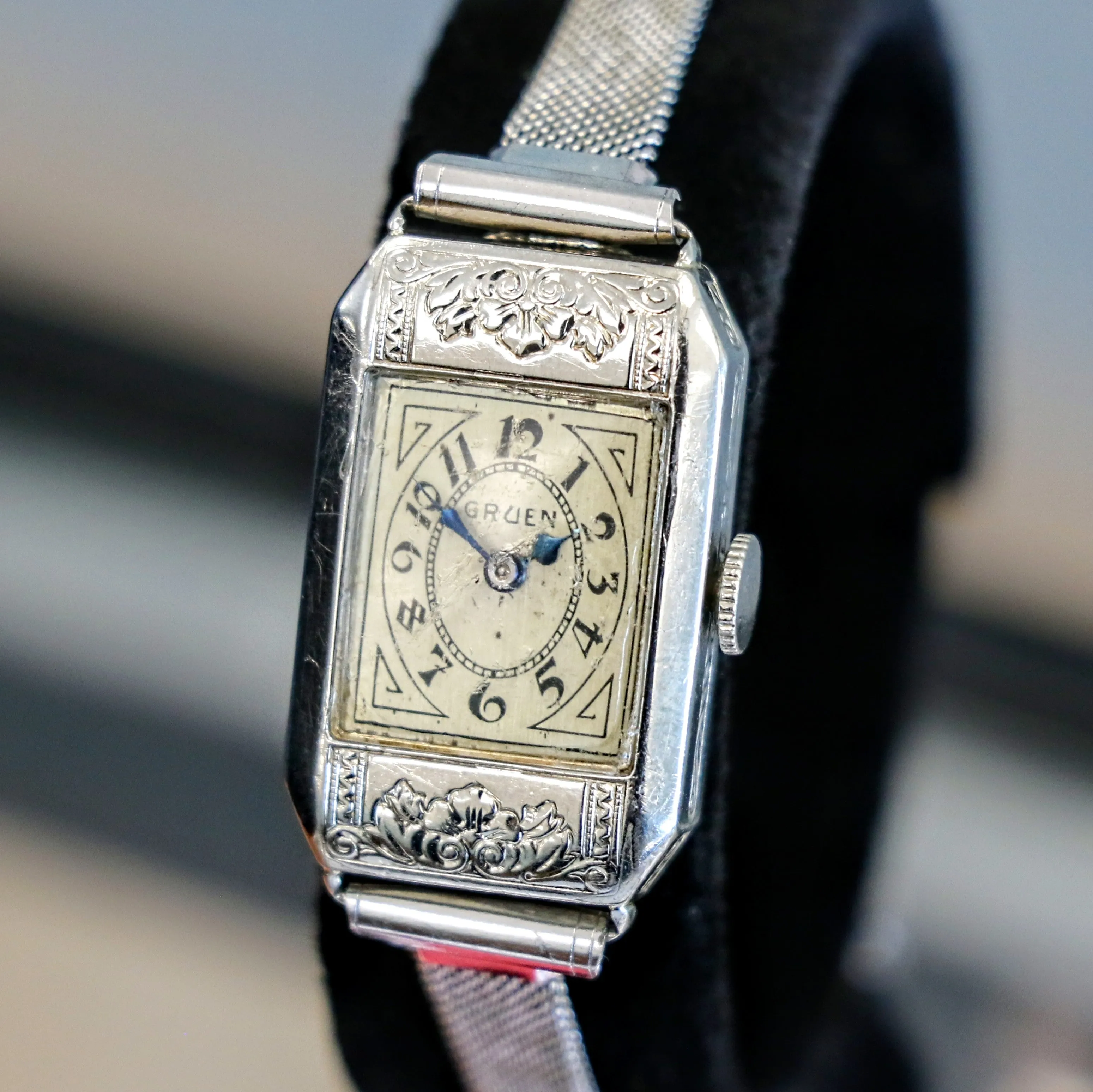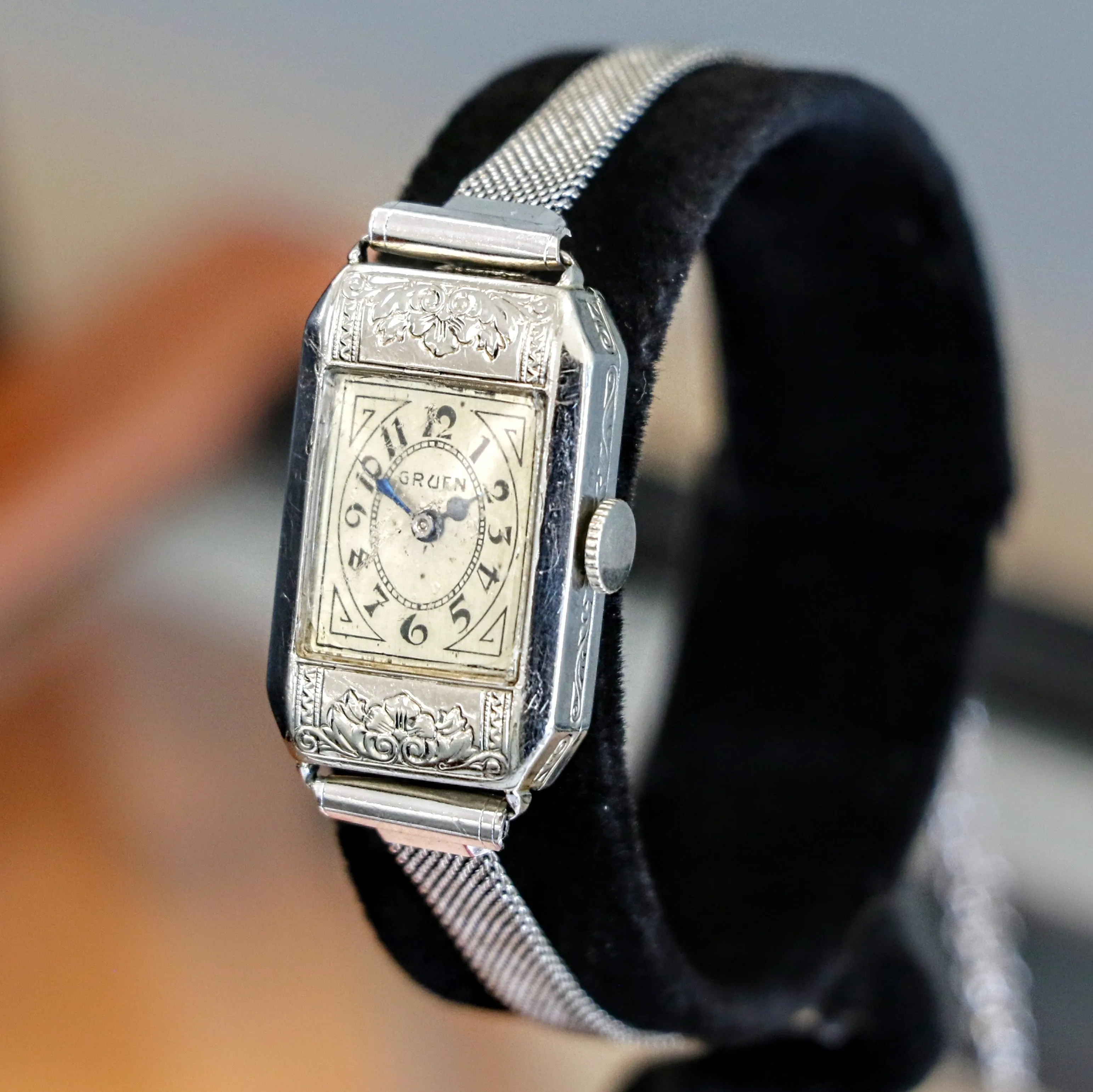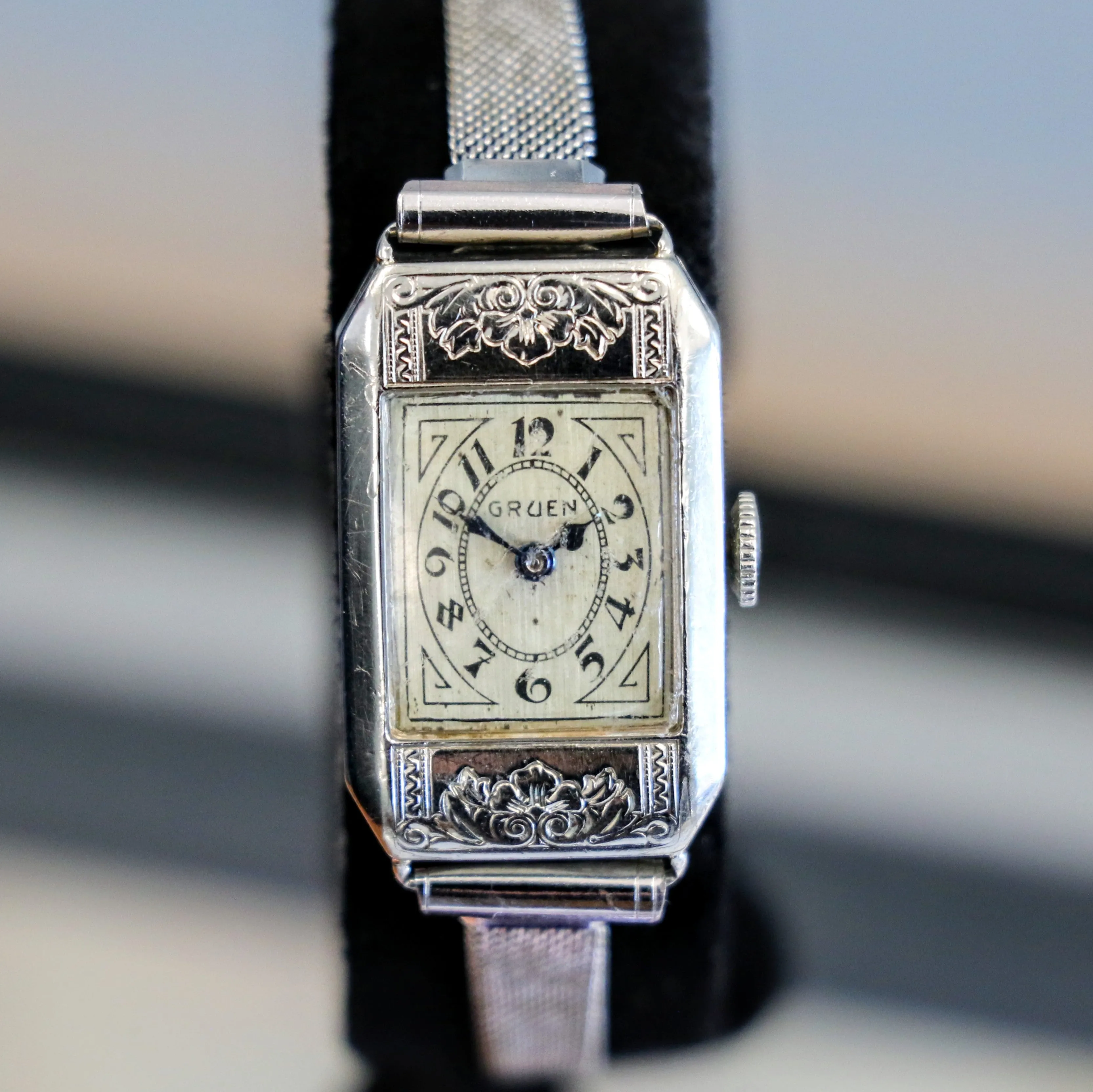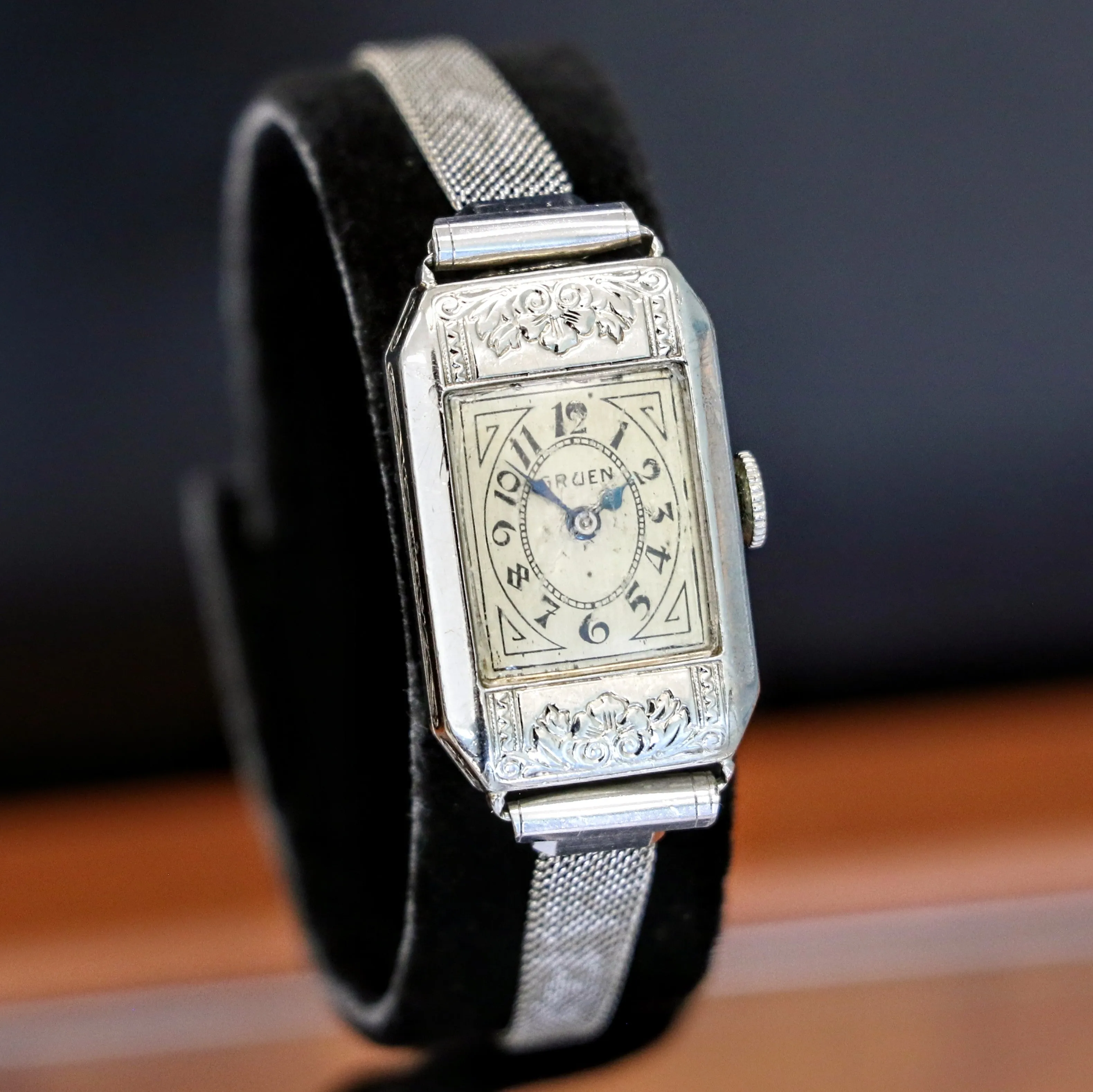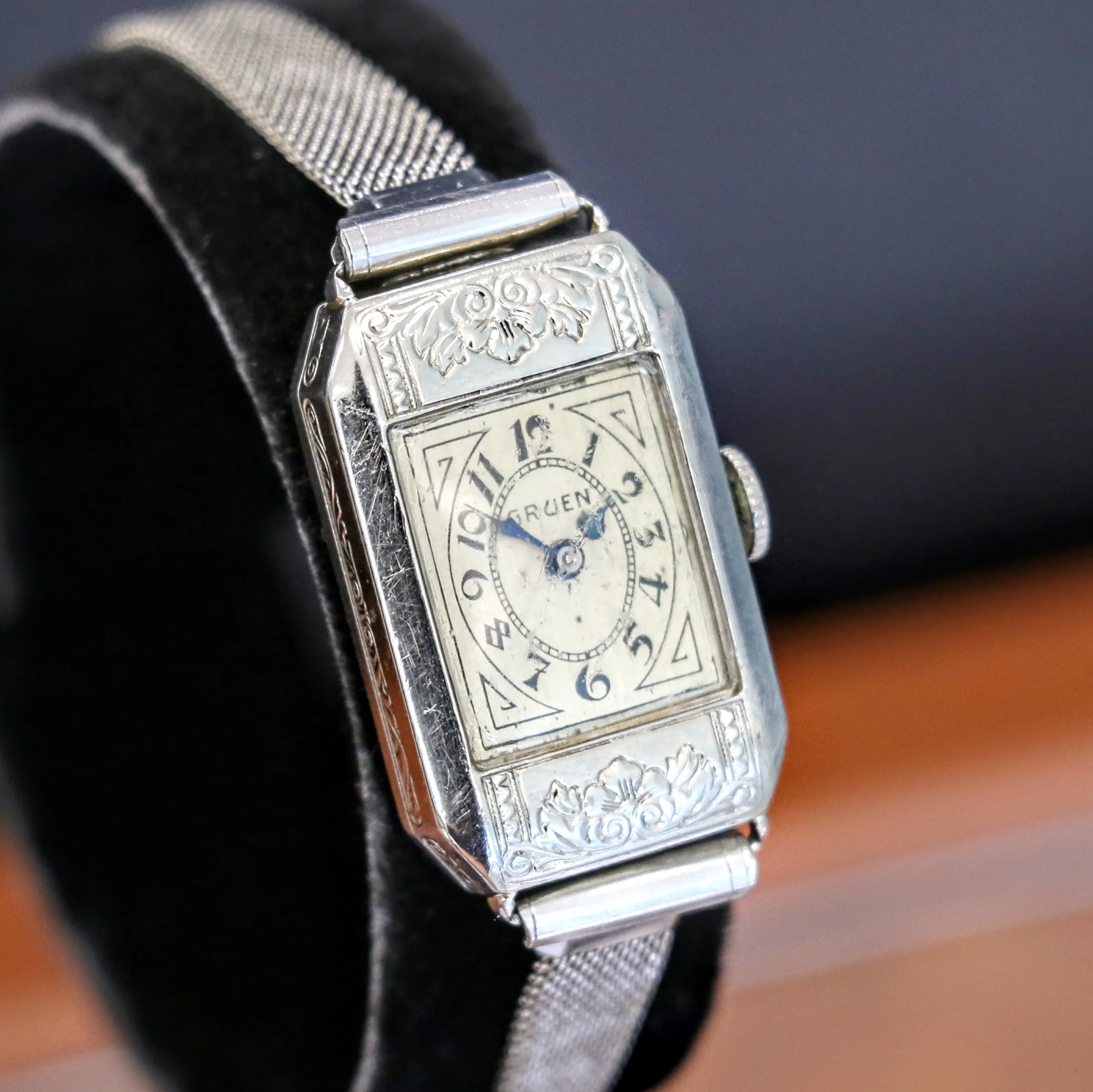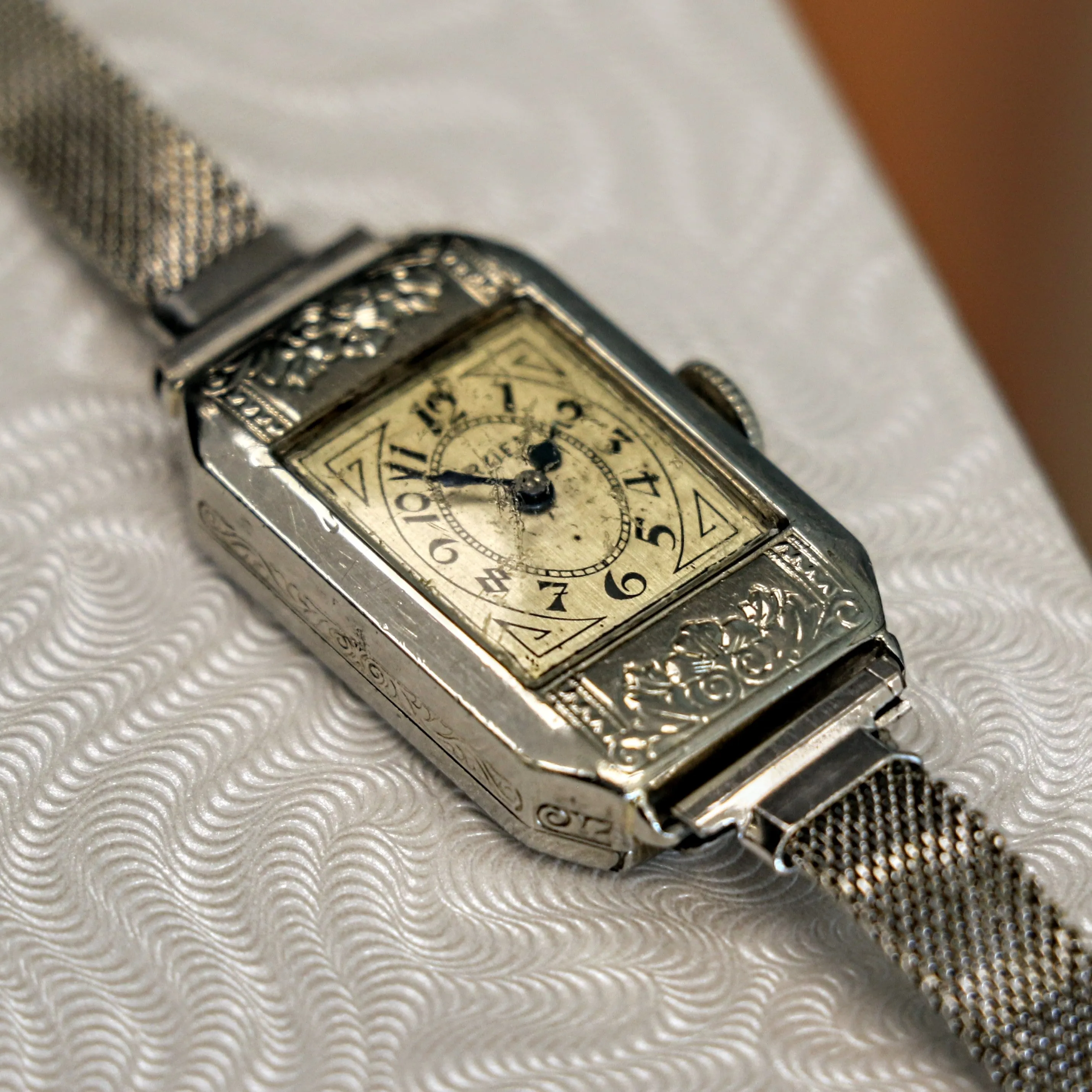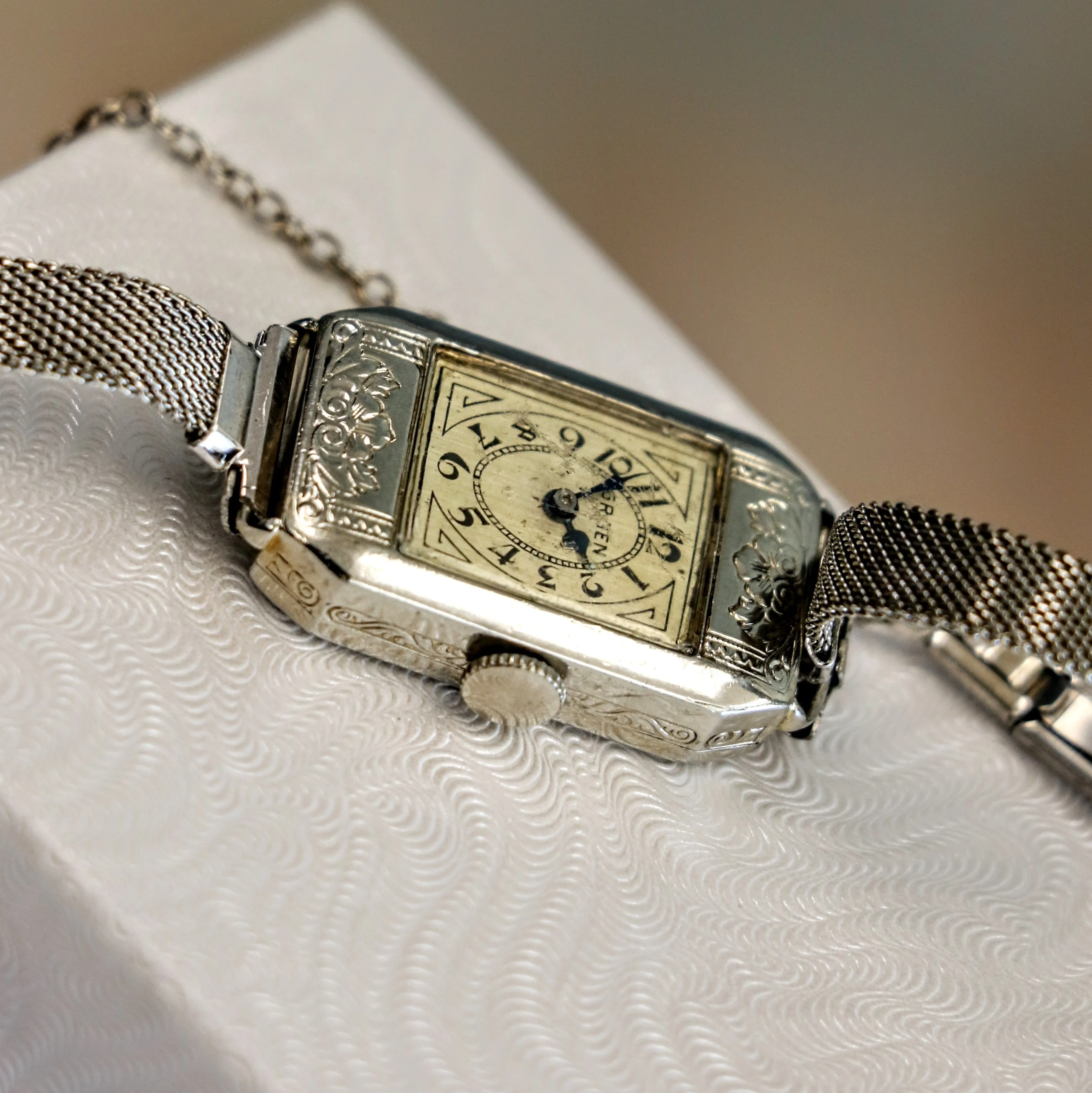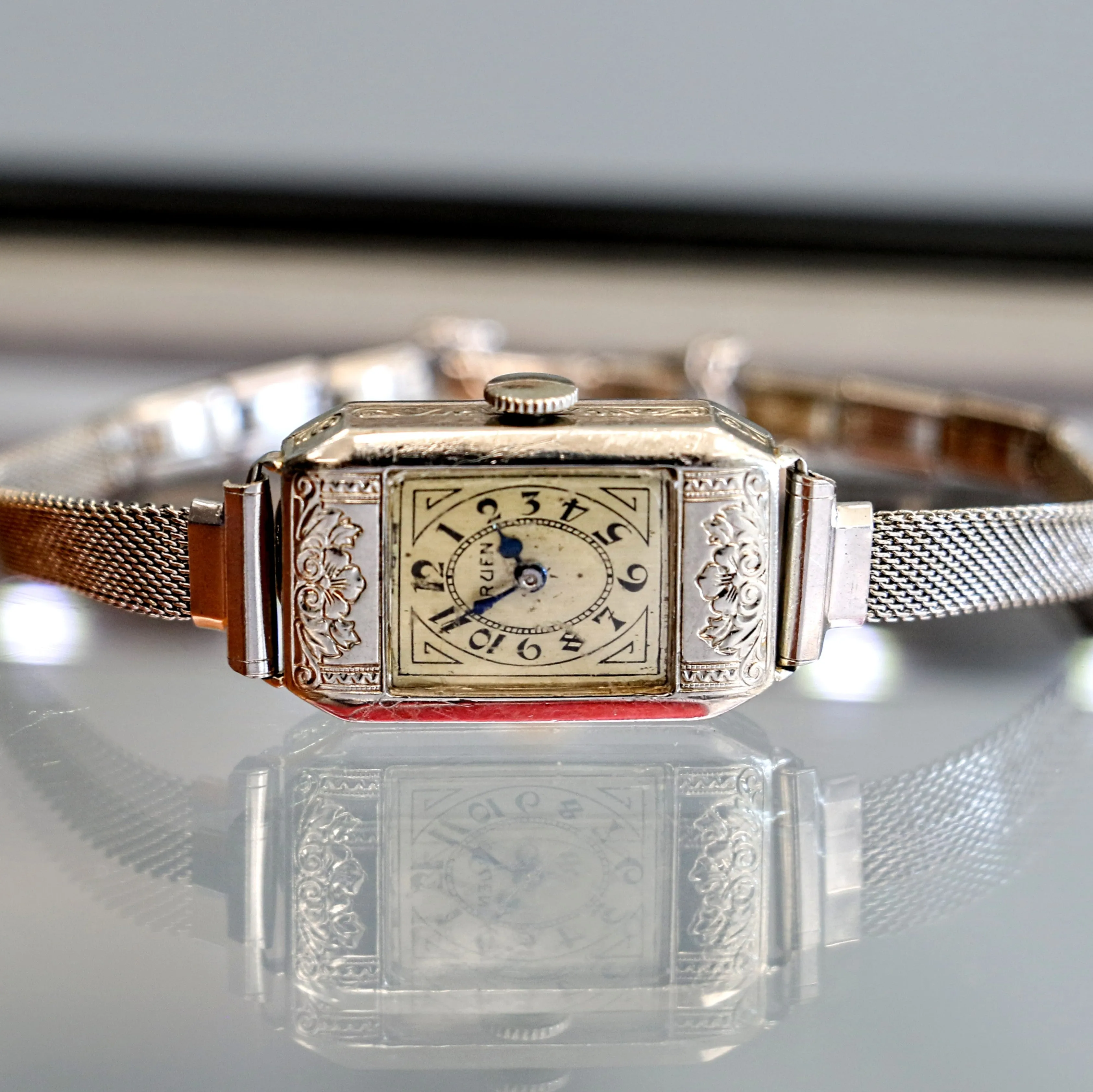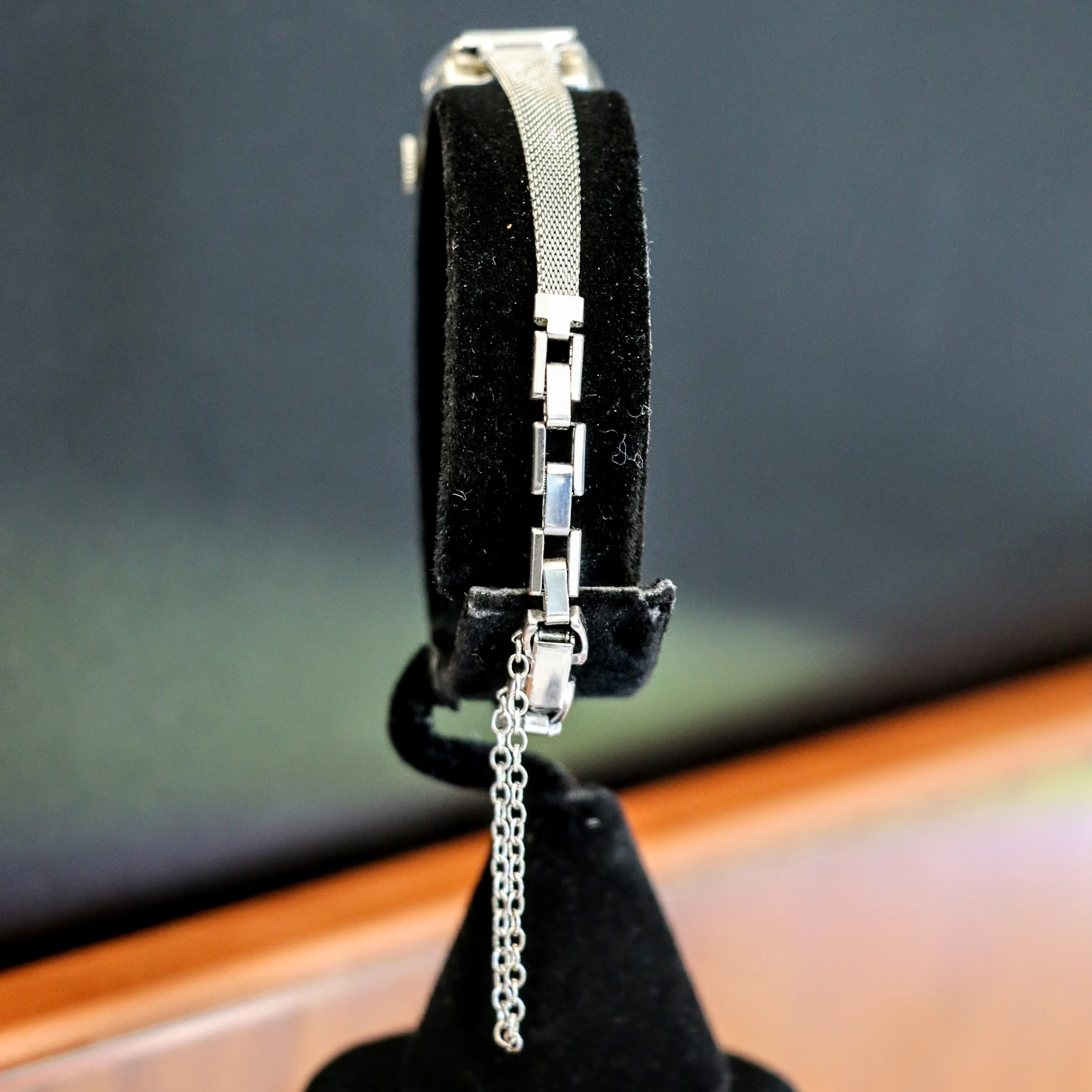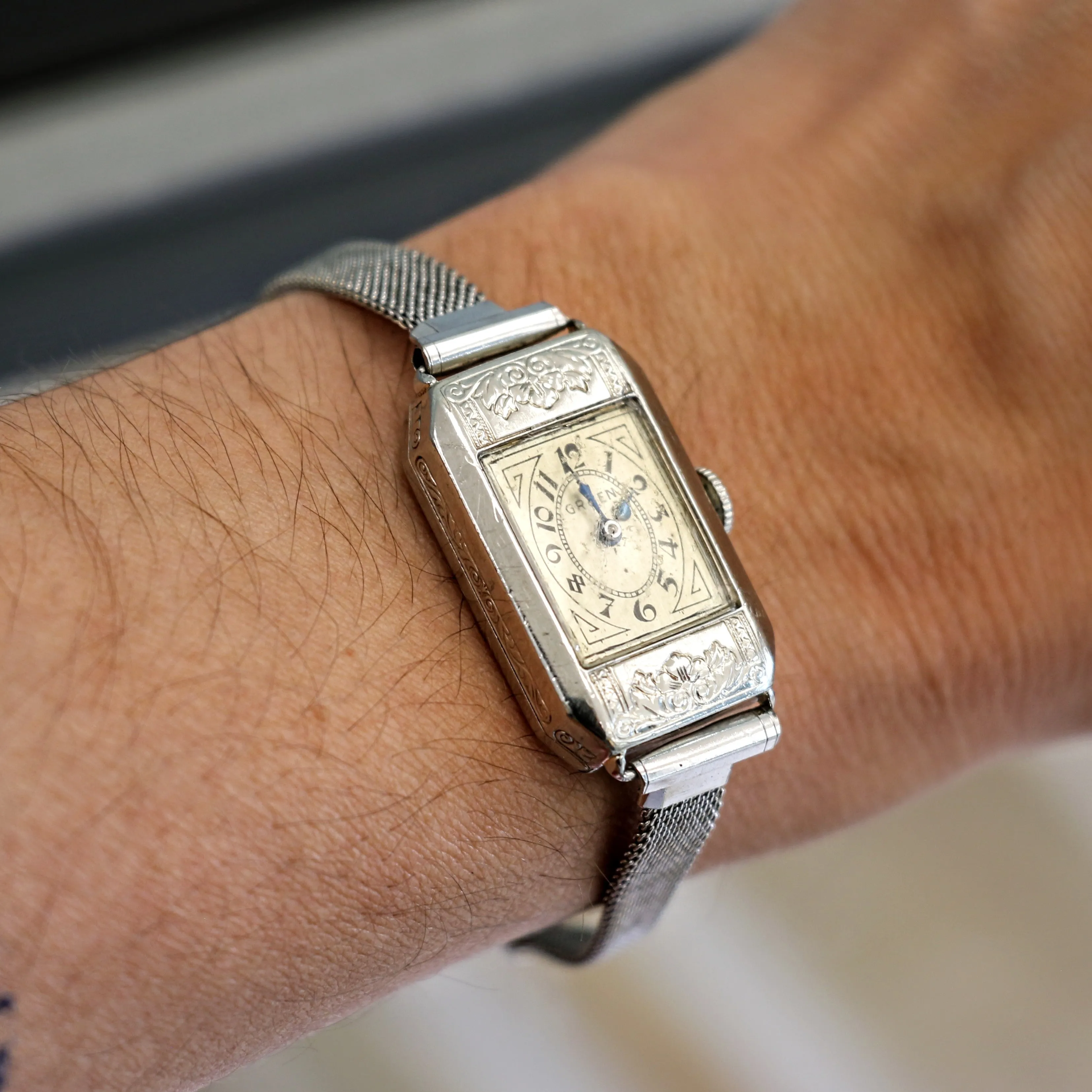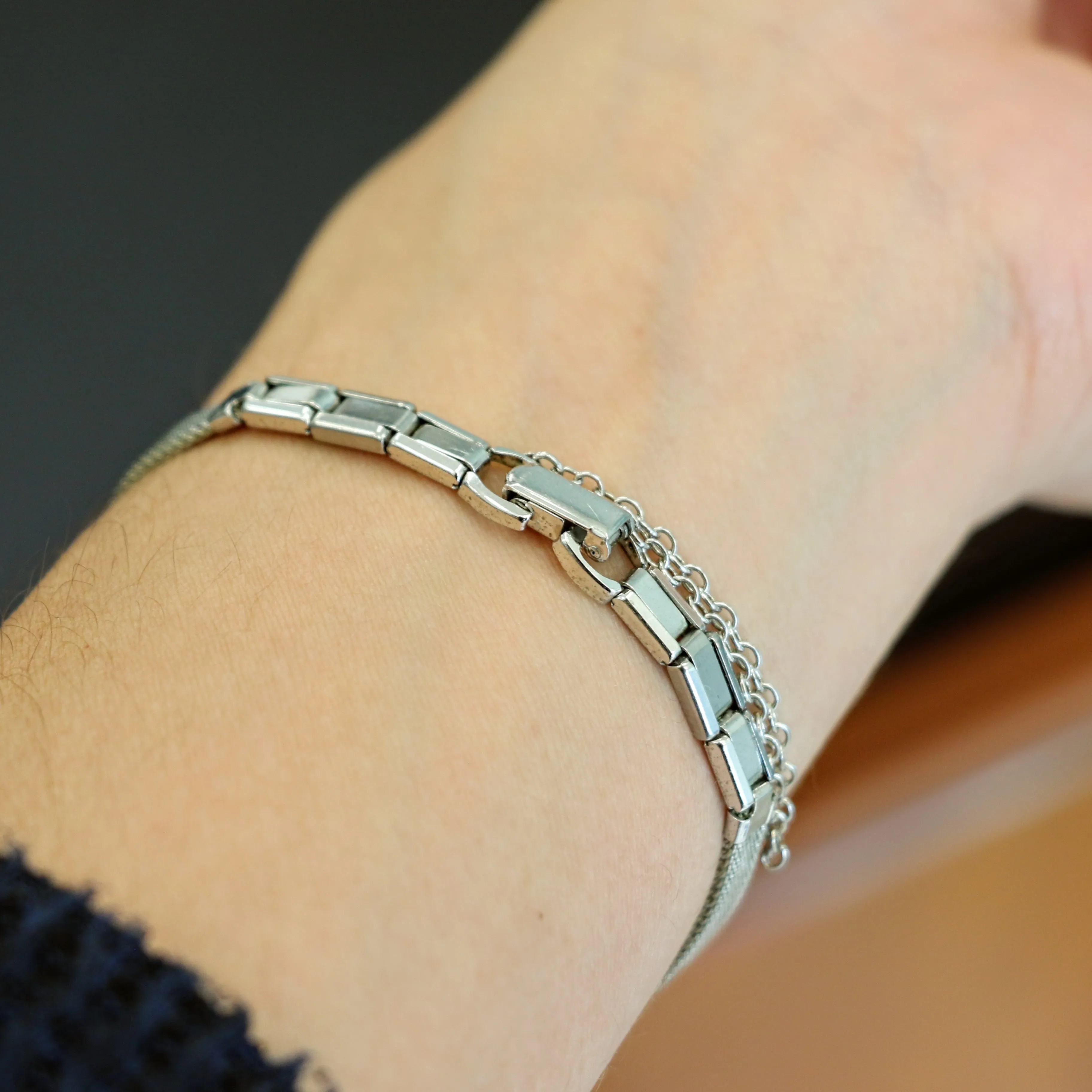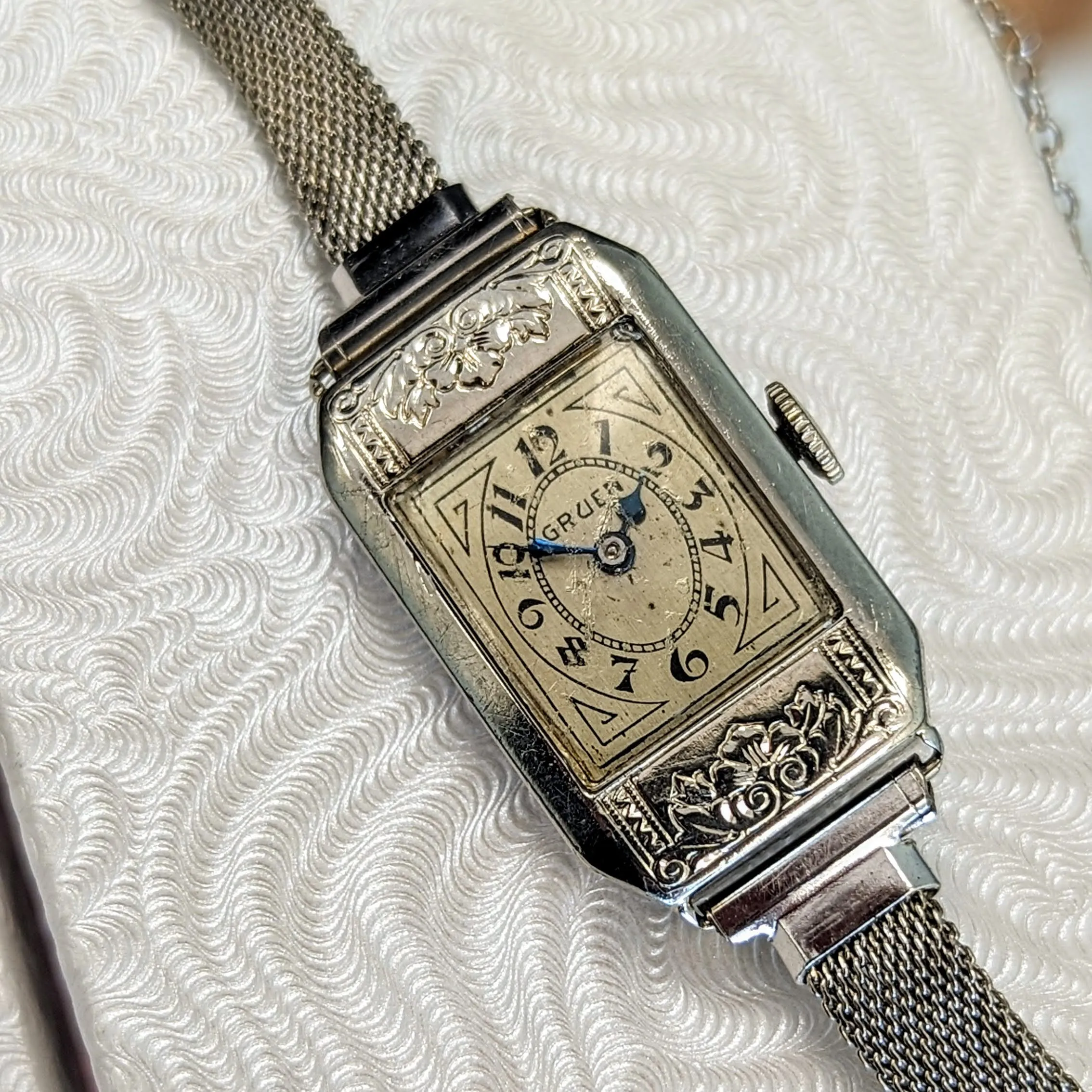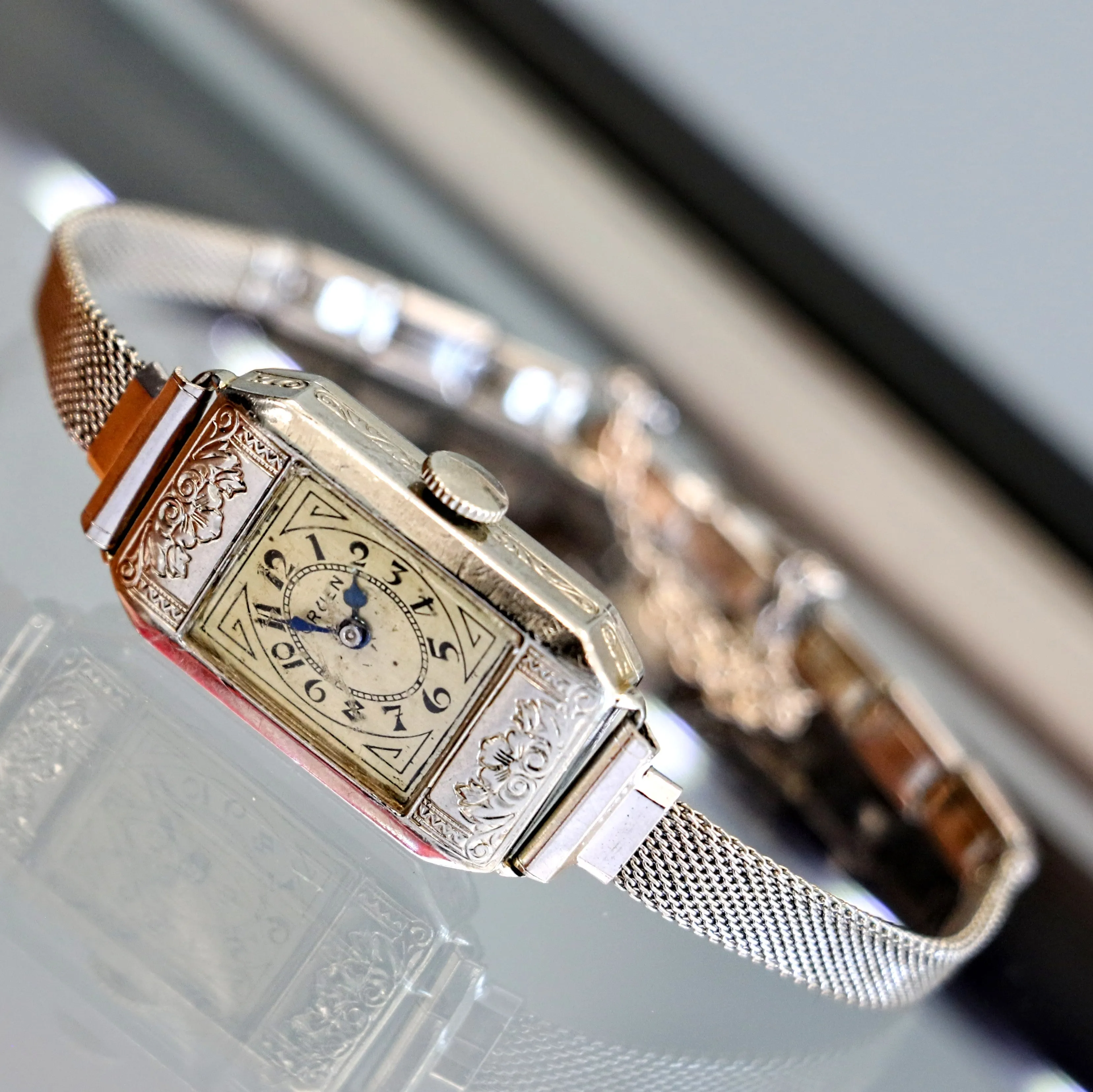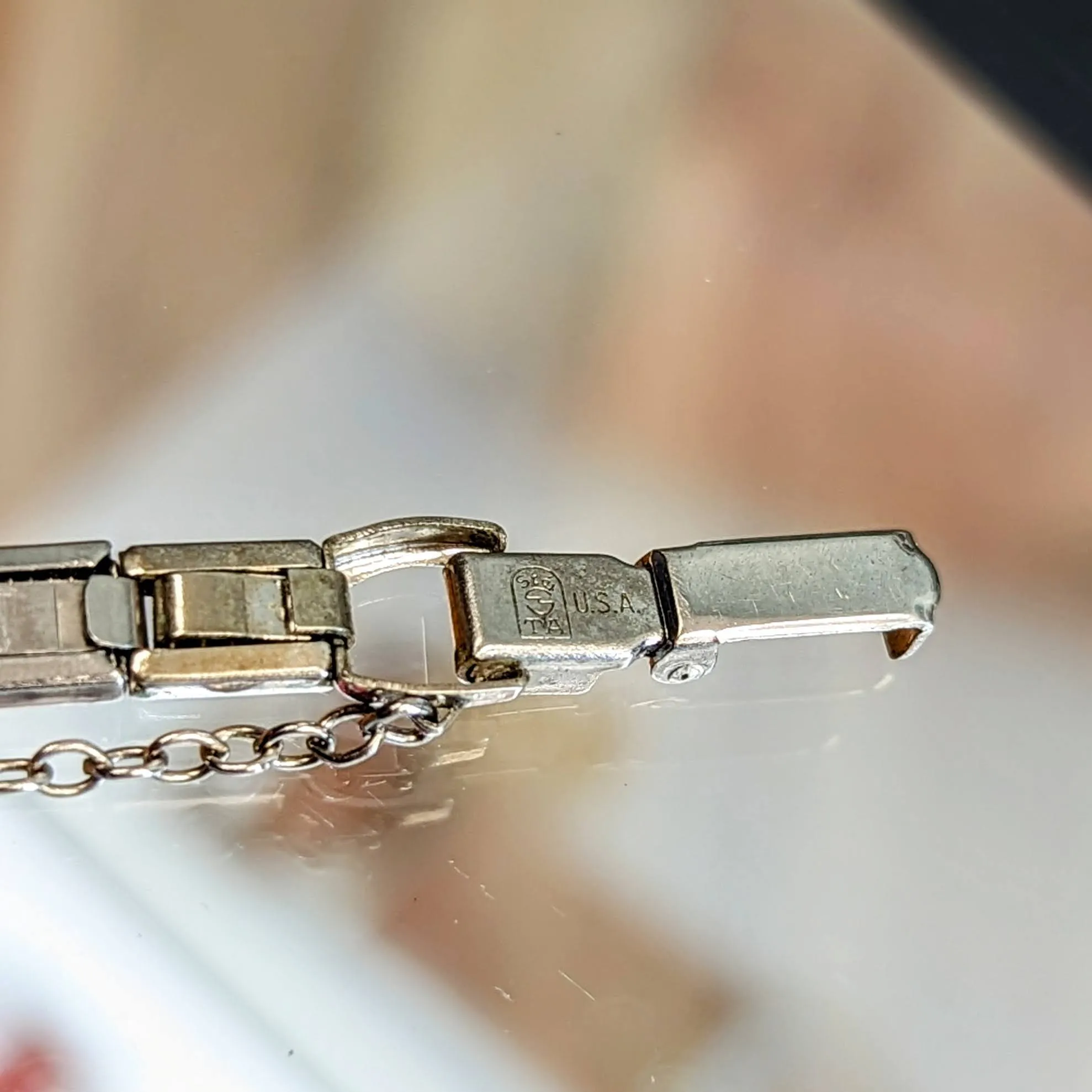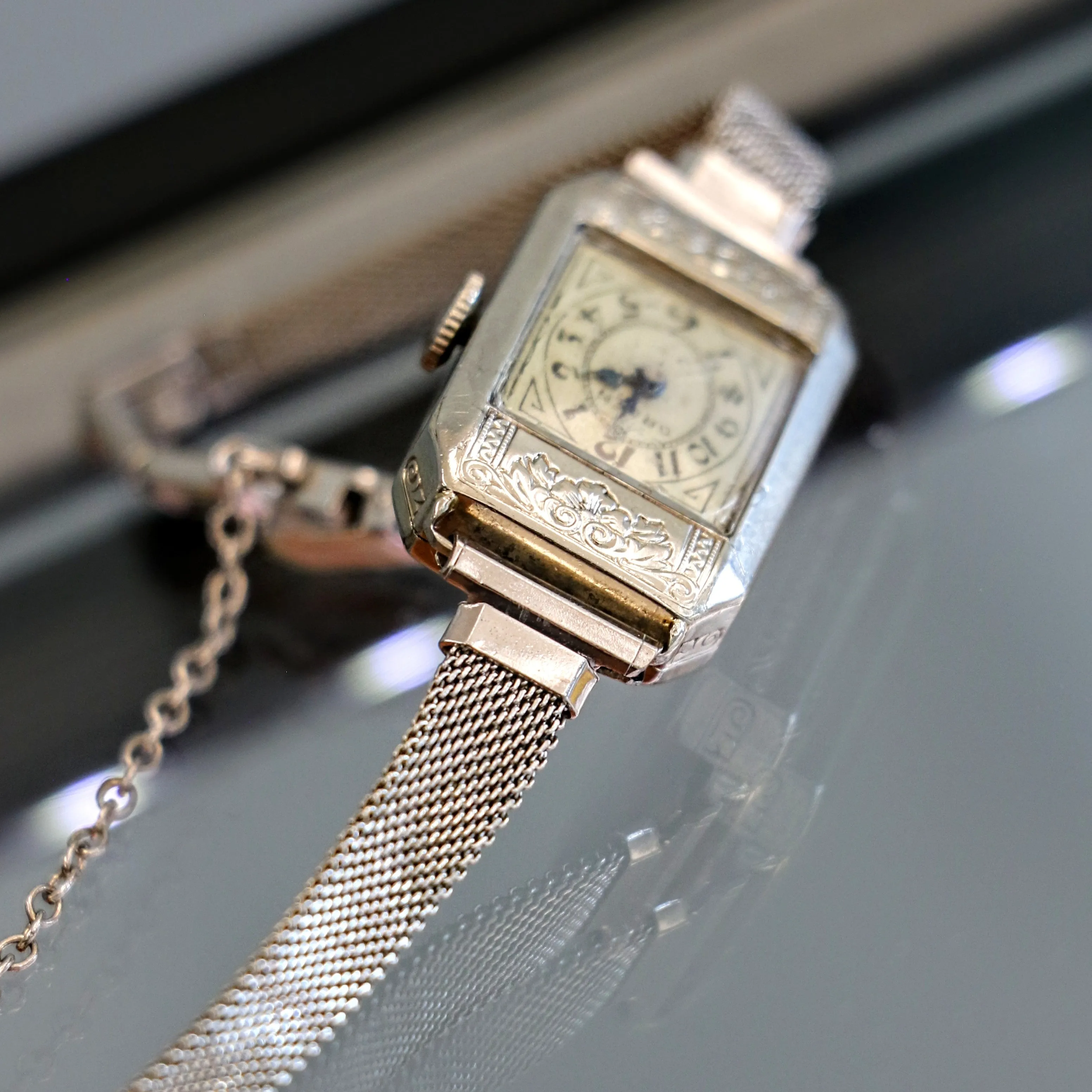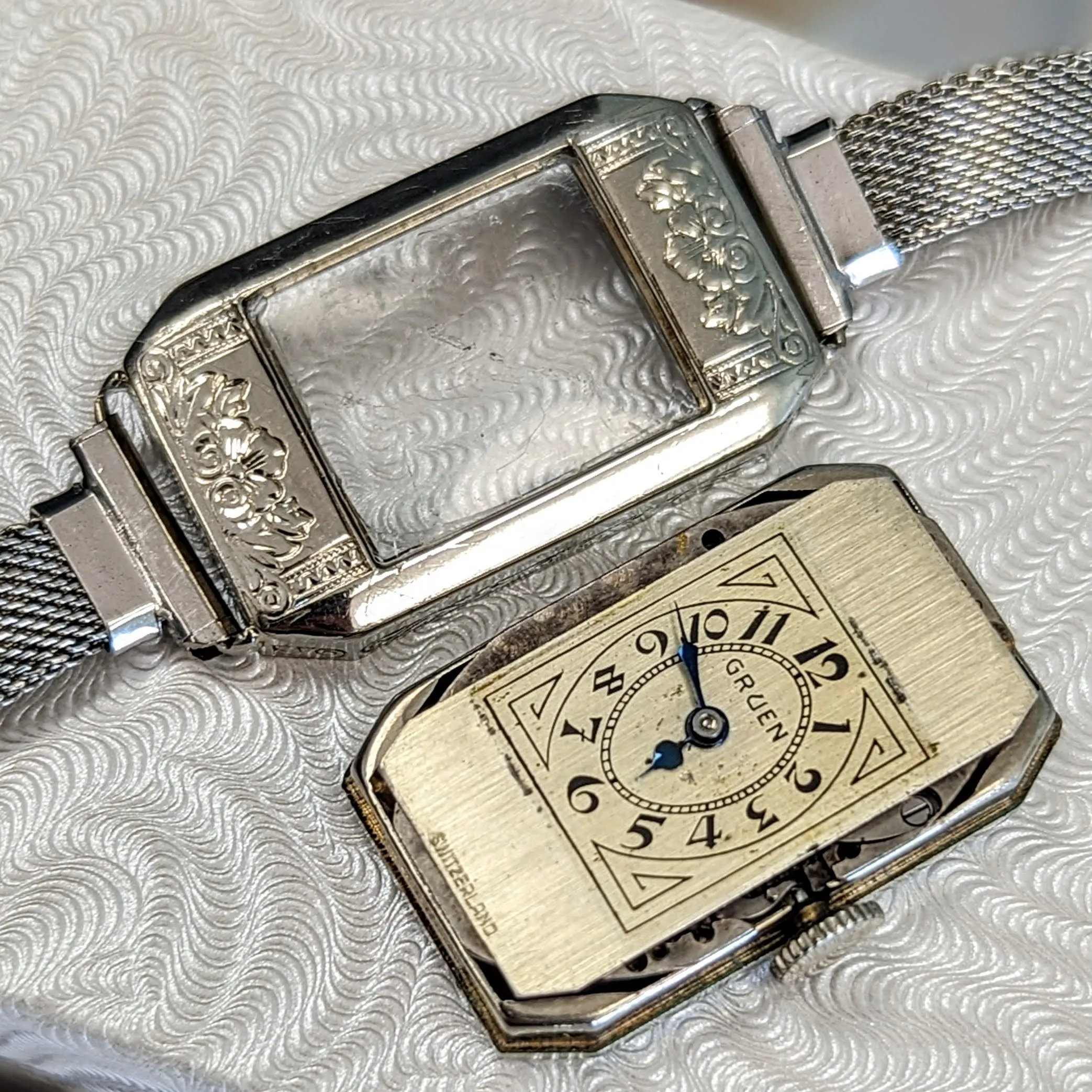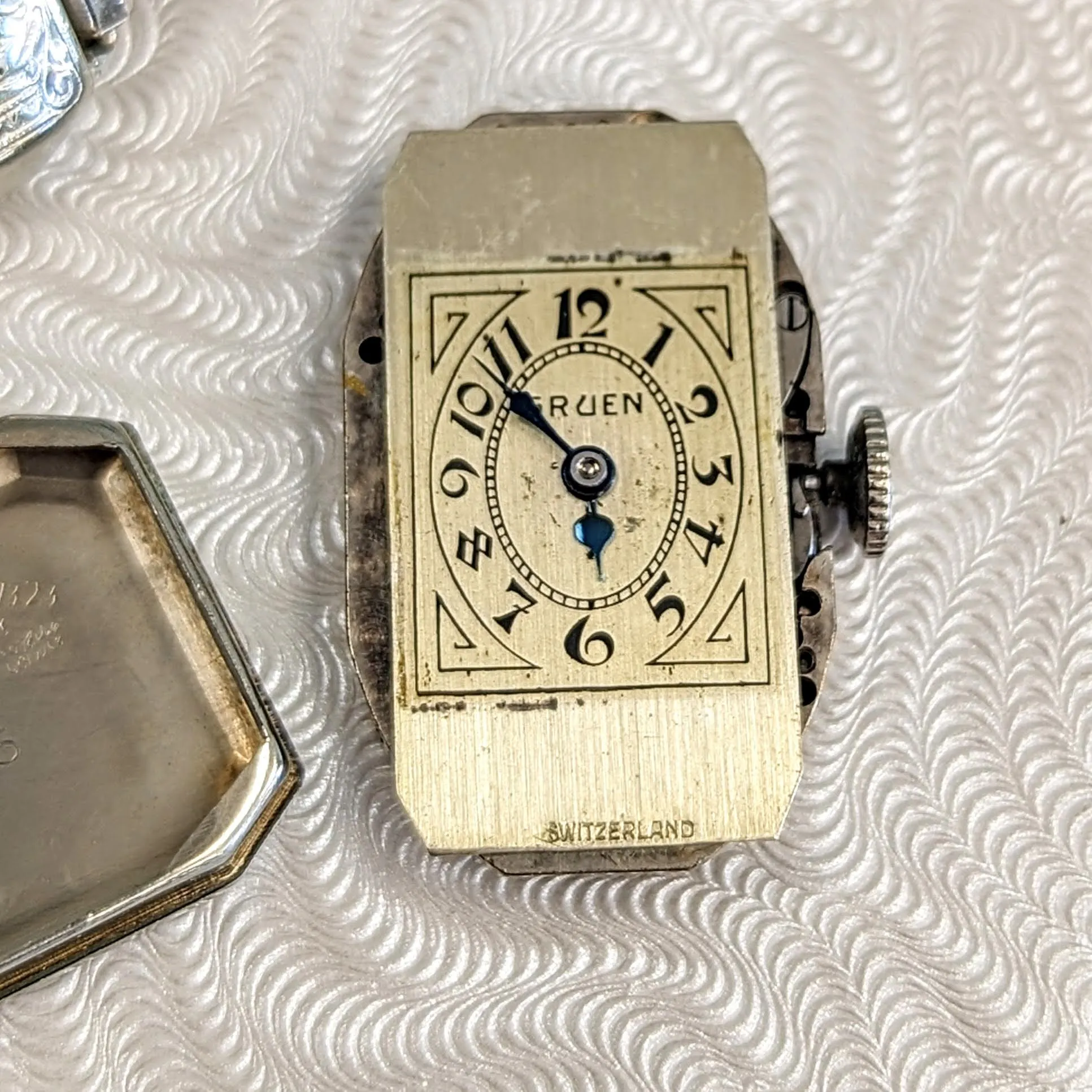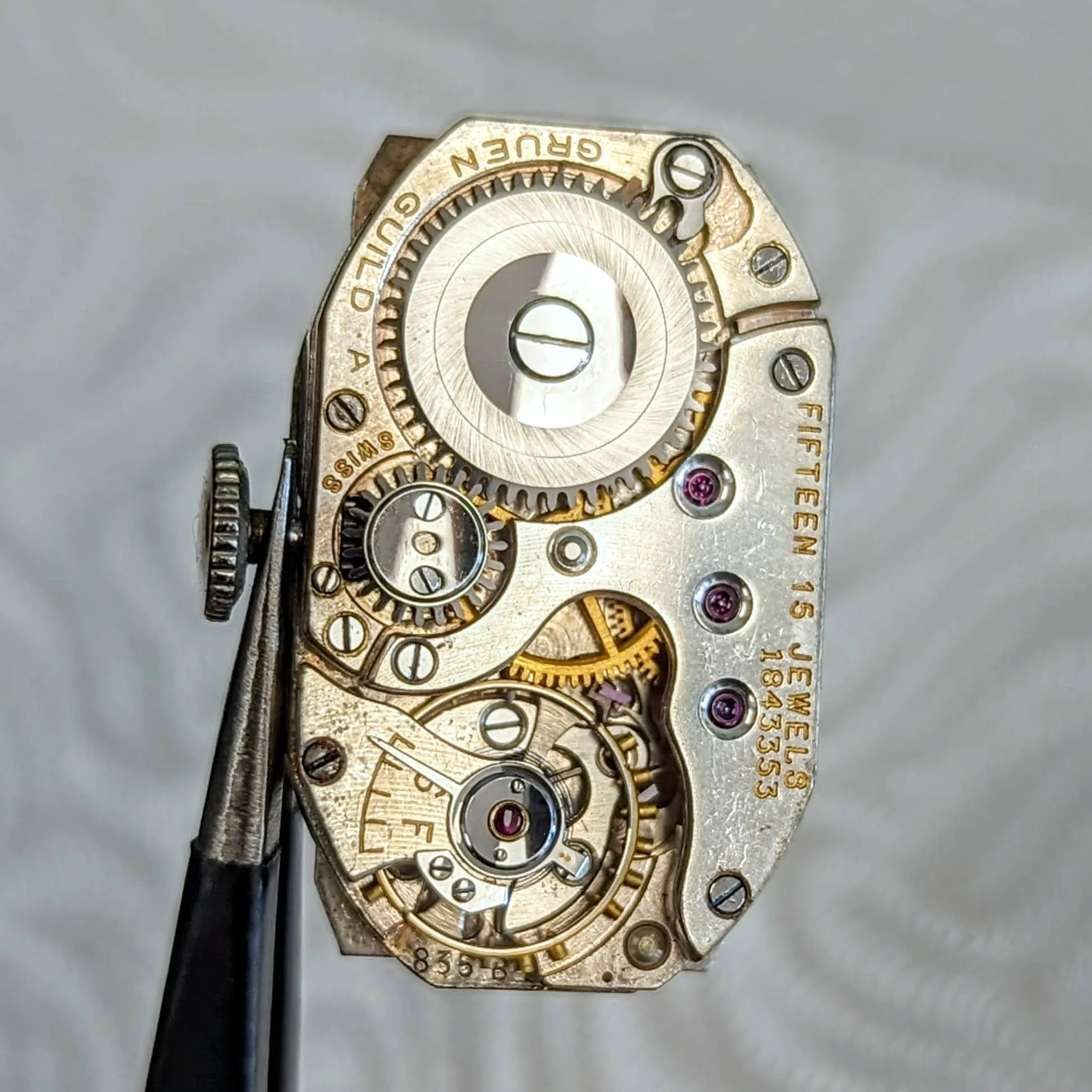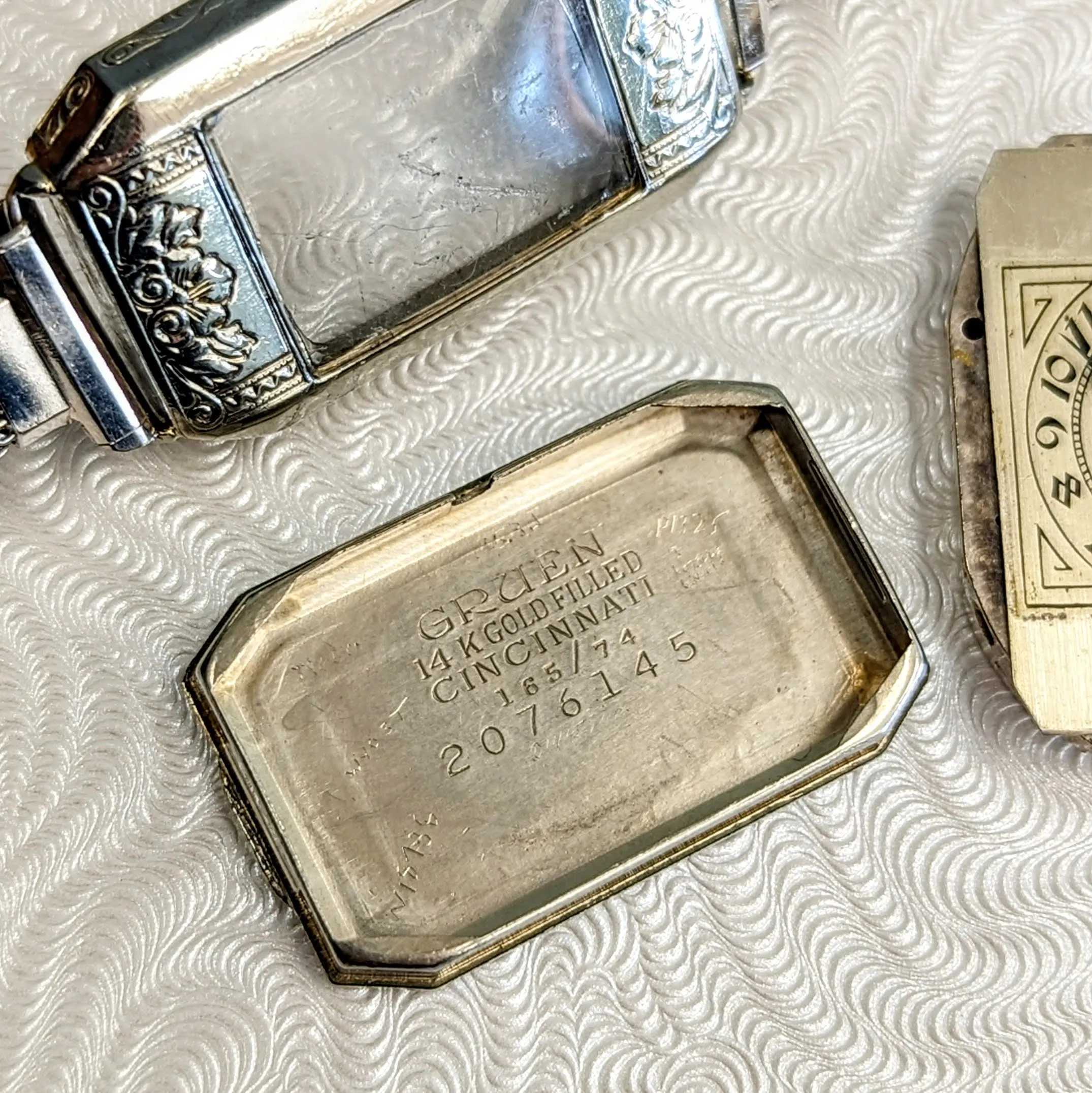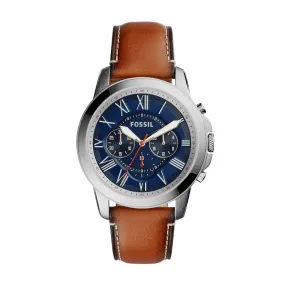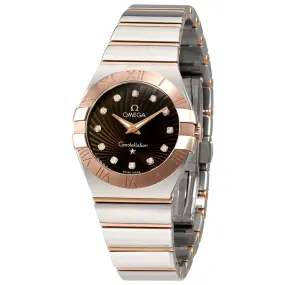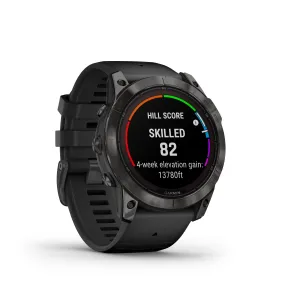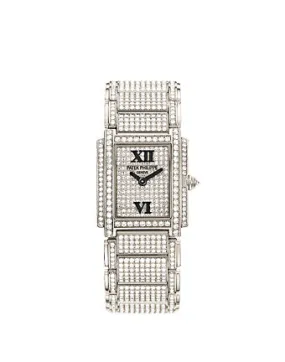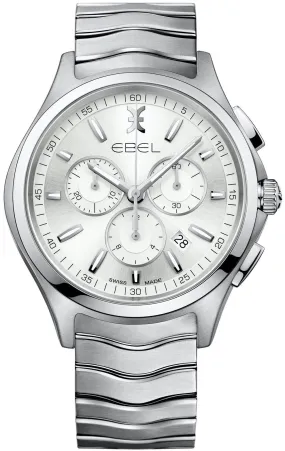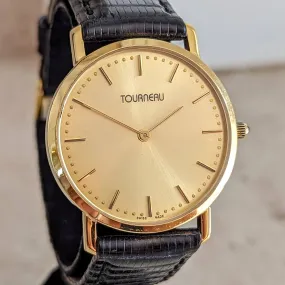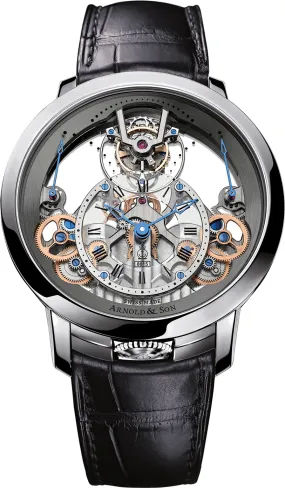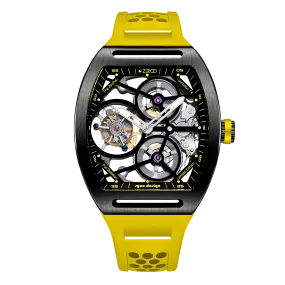AEGLER - GRUEN - ROLEX
Aegler S.A. was a watch movement maker in Bienne/Biel. For decades, Aegler S.A. was the primary supplier of movements for Rolex, until finally it was bought by Rolex S.A. in 2004.
In 1878, Jean Aegler -a Swiss watchmaker- in his own house with his wife, Anna Maria Ramser, had the trade of watchmaking. In 1881, he bought an industrial workshop in Bienne/Biel which he transformed into a factory. Jean Aegler specialized in the manufacture of small watch movements, such as lady’s watches, pendant watches and remontoirs. All that, thanks to the development of the 20mm movement, launched himself into the wristwatch market.
In November 1888, the firm received one of the first Swiss patents, the number 243 -the stem wind mechanism-. In 1891, Jean Aegler died, and his widow took over running the company and relocated it to Rue du Vignoble (now known as La Haute-Route) in the Rebberg hills above Bienne. The company soon advertised as being located at the Rebberg factory, and this soon became as the brand of watches too.
Responding to a call from Hans Wilsdorf -a German/British businessman, best known as the founder of Rolex- and his bother-in-law, Alfred Davis, who were in the process of launching their own brand from London. In 1901, Aegler firm was selected and by 1905 became the sole supplier of the London watch company "Wildsdorf & Davis" with movements. In 1906, Jean's son took over and the firm became known as Les Fils de Jean Aegler.
In 1908, the firm began branding its watches "Rolex". Then, Wilsdorf asked Aegler to increase production for his firm. In 1912, the company officially renamed itself "Les fils de Jean Aegler, Fabrique de montres Rebberg, Final & Rolex". For a few years more, focusing on lady models, Aegler continued producing watches under the name the Rebberg and Final brands.
The association between Aegler and Rolex experienced success a few years later when the Aegler wrist watches will be the first in the world to be certified by the Swiss Society of Chronometry. Finally, the company was reorganized on July 30, 1914, and became Aegler S.A., Rolex Watch Co. Also, by 1915, Wilsdorf & Davis changed its name officially to Rolex and moved to Geneva in 1919.
The association flourished until around 1920, Rolex was Aegler's largest customer and Aegler invested in the survival of his largest customer by purchasing 6,950 shares and was appointed to the board. The second largest customer of Aegler was the US firm Gruen. As business recovered after the post-war period, both Rolex and Gruen became large shareholders in Aegler. In 1929, the trading name of Aegler company became "Aegler, S.A., Fabrique des Montres Rolex and Gruen Guild A."
Both Gruen and Rolex showed pictures of the Aegler factory building in their advertising, each with their own name added to the picture, implying that it was Gruen or Rolex owned factory. The two companies sold Aegler watches only in their respective territories; Rolex had Europe, Asia, and the British Empire; whilst the Gruen brothers in the US only.
Around 1930, during the Great Depression, Gruen ceased buying movements and made all their Swiss movements in their own factory "Gruen Precision Factory" in Biel/Bienne. At this point, Aegler officially disassociated itself from Gruen and agreed to supply all the movements that they produced exclusively to Rolex. The trading name of the company changed to "Manufacture des Montres Rolex, Aegler S.A.", although the company remained owned by the Eagler and Borer families and the legal name remained Aegler S.A. When the territorial distribution agreement between Gruen and Rolex lapsed, Rolex were able to sell watches in the U.S.A. for the first time. In 1977, the Gruen Precision Factory in Biel/Bienne was sold, and the building was acquired by Aegler S.A.
"Aegler produced the famous Perpetual movement, invented by Aegler employee, Emile Borer. Other famous products of the Aegler factory include the Datejust and Day-Date movements, and the Parachrom hairspring material."
The factory will change its name to become Manufacture des Montres Rolex and finally, the owner Harry Borer sold the company to Rolex S.A. in 2004.
GRUEN Watch Company –
One of the most important and prestigious American watch manufacturers. Gruen watch company was a watch manufacturer founded in 1894 as "D. Gruen & Son" by a brilliant German horologist, Dietrich Gruen, and his eldest son Frederick G. Gruen. Years later, the second son. George J. joined the firm, and the name was changed to "D. Gruen & Sons".
Gruen was a watchmaking company based in America and a Swiss watch manufacturer in their own right, as well as buying movements from Aegler and other Swiss and German manufactures. Around 1930, during the Great Depresion, Gruen ceased buying movements and made all their Swiss movements in their own factory "Gruen Precision Factory" in Biel/Bienne, which it was first built in 1910 as a small factory and around 1920 a new factory was built the Gruen Precision Factory or "Precision Workshop". The highest quality movements that Gruen sold were produced in the Precision Factory, and Gruen watches containing these were marked "Precision". From 1927 to 1929, George T. Gruen was trained at Aegler; by the late 1930's, Gruen were making all thier own movements at the Precision Factory.
"Gruen obtained a patent for an improved safety pinion, and it is the date recognized by the Gruen Watch Company as the start of its business." Early Gruen watches included pocket watches and wristwatches for men and women. Gruen watches were known for their elegant and thin design, marketed by the company as VeriThin.
Among the first companies to sell wristwatches, the Gruens split their manufacturing between two continents: exporting American technology to Germany and Switzerland and bringing German and Swiss traditions of craftsmanship to America. Gruen watches are generally considered Swiss watches, the company cased and timed its watches in the United States and imported the movements from Switzerland. There was some short period during the 1950's where Gruen made some movement in the United States.
GRUEN Guild –
"In 1917 the Gruen company built a new factory on the outskirts of Cincinanti at Time Hill. The building was loosely modelled on a medieval guild hall, and the company adopted the name 'The Gruen Watchmakers Guild', invoking an idea of a tradition of a medieval guild and a noble craft of watchmaking."
"The beautiful wrist models shown here bear eloquent testimony to the supremacy of Gruen Guild craftsmanship. Each is a sturdy, practical timekeeper, an ornament of rate distinction, a watch well suired to gratify the most exacting taste."
GRUEN GUILD
Art Deco
Ladies Watch
Swiss Wristwatch
This is a beautiful timepiece, it is a Gruen Guild wristwatch reference 165, style 74 and dated from the early 1930s. It is a manual wind watch powered by an original Gruen Guild movement caliber 835B (same as Rolex 200), 15 jewels, 18,000 A/h, 50 hours power reserve, Swiss made.
This is a very interesting timepiece; it still looks preserved in time! It still has the factory original Art Deco silver dial with black Arabic Numerals, bold minute tracks and blue steel matching hands. The dial is also signed with the Gruen name on top.
Cased in a 17x26.4 mm rectangle 10K white gold filled Art Deco case and lug design. The crystal has some scratches for the age.
This watch comes with the beautiful and original textured bracelet. It will fit a wrist up to 6 1/2" (16.5 cm).
This wristwatch is in LOVELY condition! Running very well and keeping good time.
Thank you for looking! Please feel free to contact us with any questions, or respectful offers.
Movement:
GRUEN GUILD
Fifteen 15 Jewels
1843353
SWISS
Cal. 835 B
Case Back Signed:
GRUEN
14K Gold Filled
Cincinnati
165/74
2046145
Measurements (mm):
Case 17x26.4
Case with Crown 18.7
Case Lug to Lug 32.6
Case Thickness 7.7
Lug Width 7
Band Width 11
Vintage watches are traditionally smaller than today's watches. Men’s watches typically measure between 29-36mm wide (some larger, some smaller) excluding the crown. In the listing details we typically try to do our best to list all pertinent dimensions of a watch. If you don't see it, or we failed to do so, please reach out to us. Women’s watches from the 1900s-1970s were also much smaller than today's offerings. Please also feel free to ask any questions you have pertaining to size.
We prefer to shoot photographs outside when weather is permitting. However, when we shoot indoors, please be aware that we shoot our photographs inside of lightboxes that are lit with 360 LED bulbs. This indeed magnifies any flaws. Usually, they are much less obvious to the naked eye. Having said that, we never photoshop any of our photography, remove blemishes, etc. We adjust lighting when necessary, but what you see is what you are getting, and we take pride in that.
The condition is pre-owned.
The item may have some signs of cosmetic wear but is fully operational and functions as intended.
Please review the photos and feel free to ask any questions you may have.
It will be carefully packed.
Please view our other listings.
Thank you for looking!
WA-3426

 Cart(
Cart(